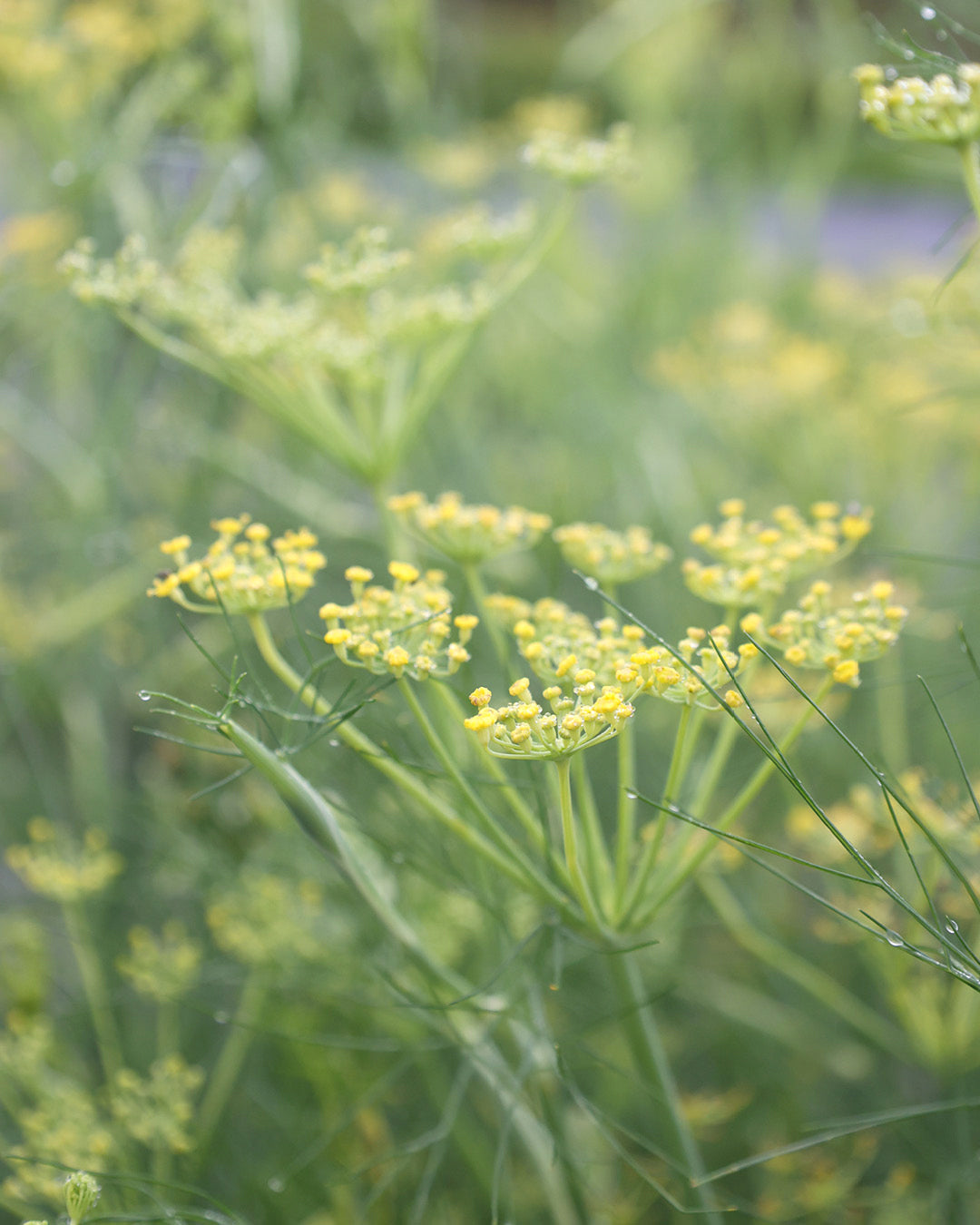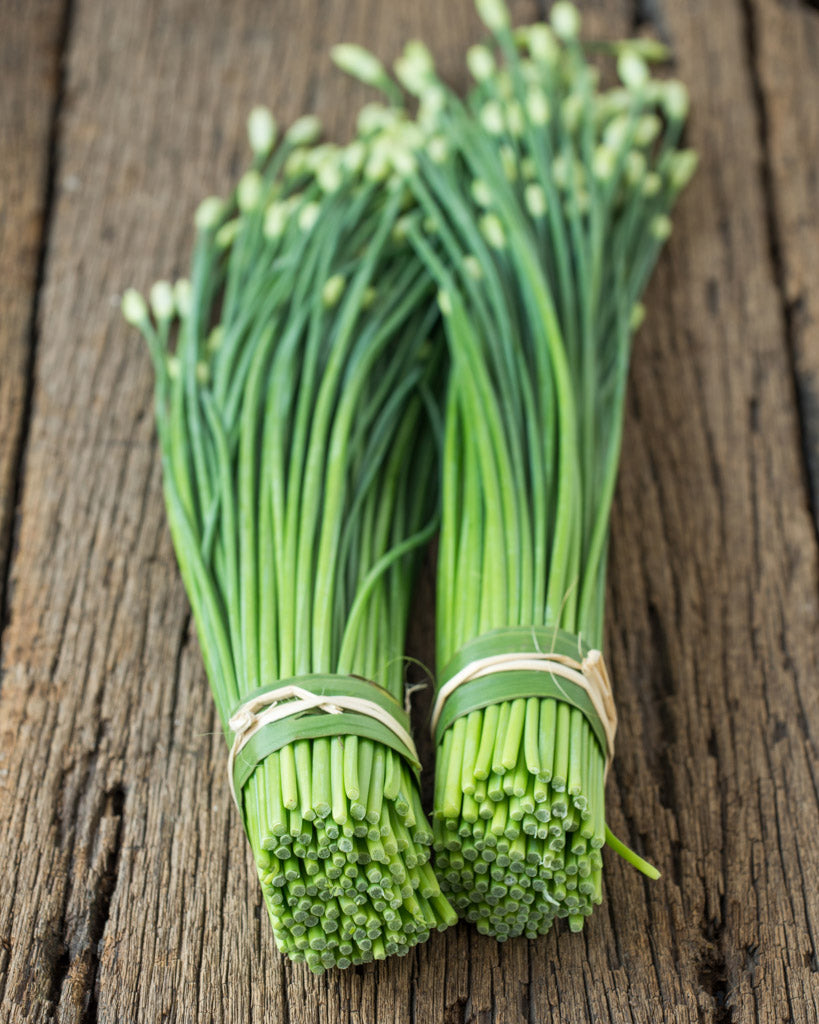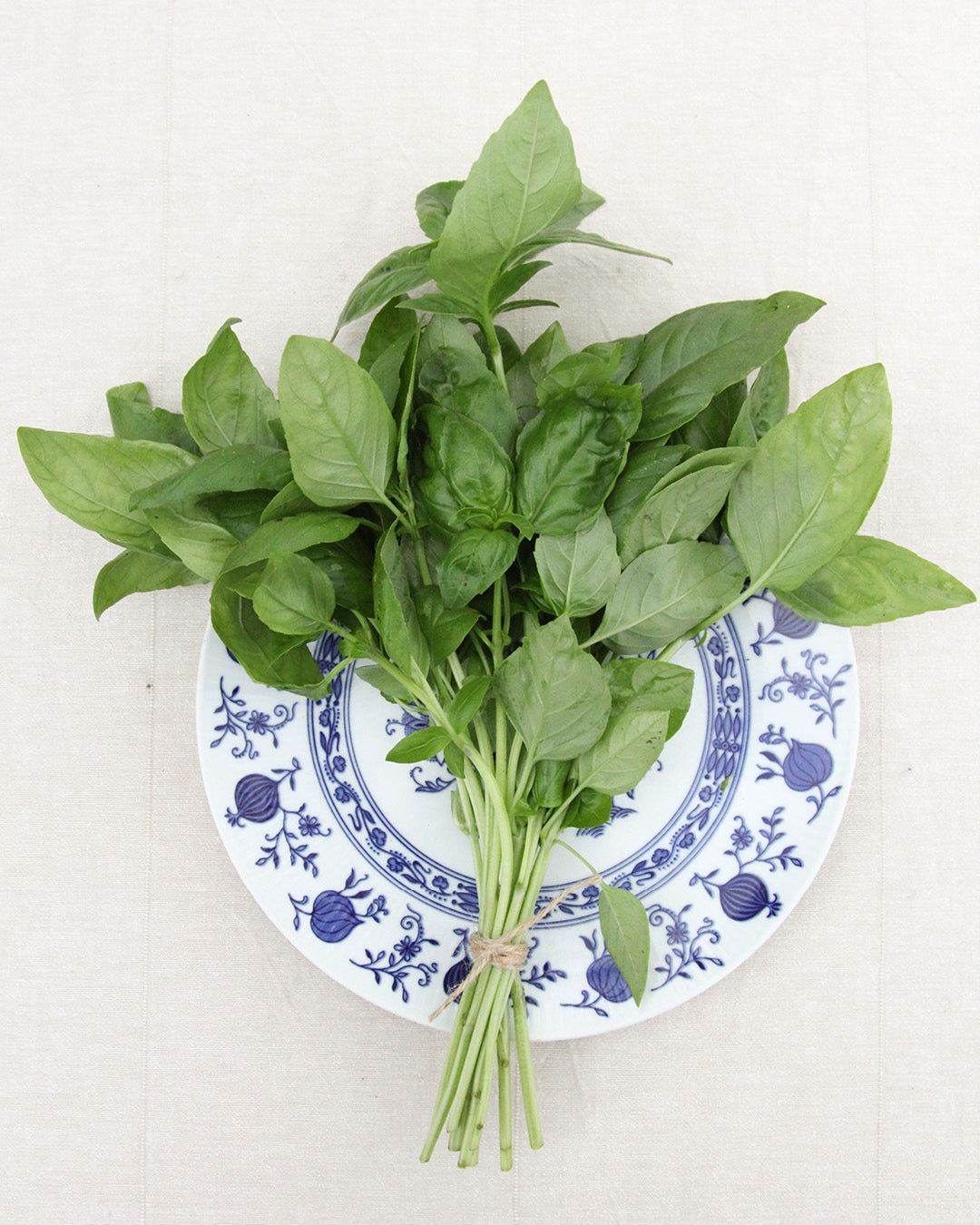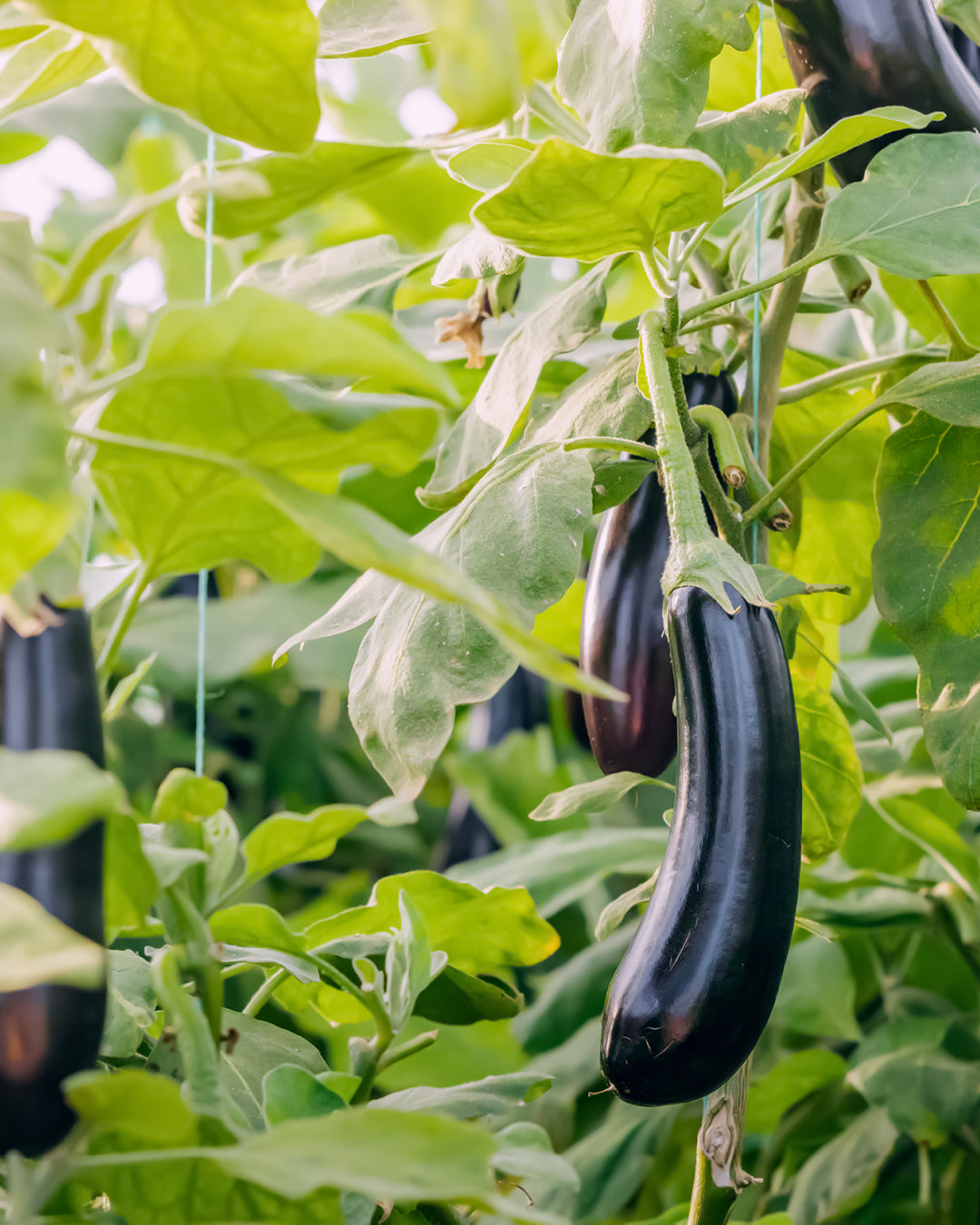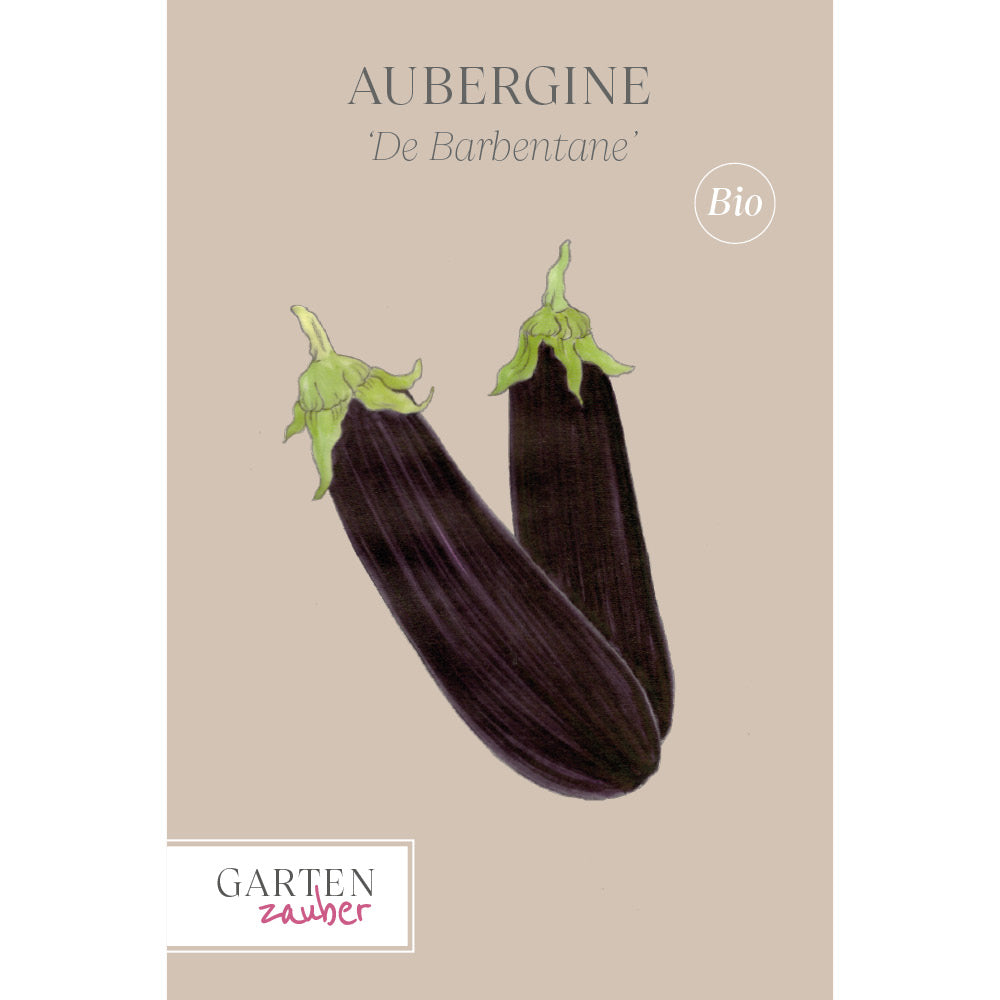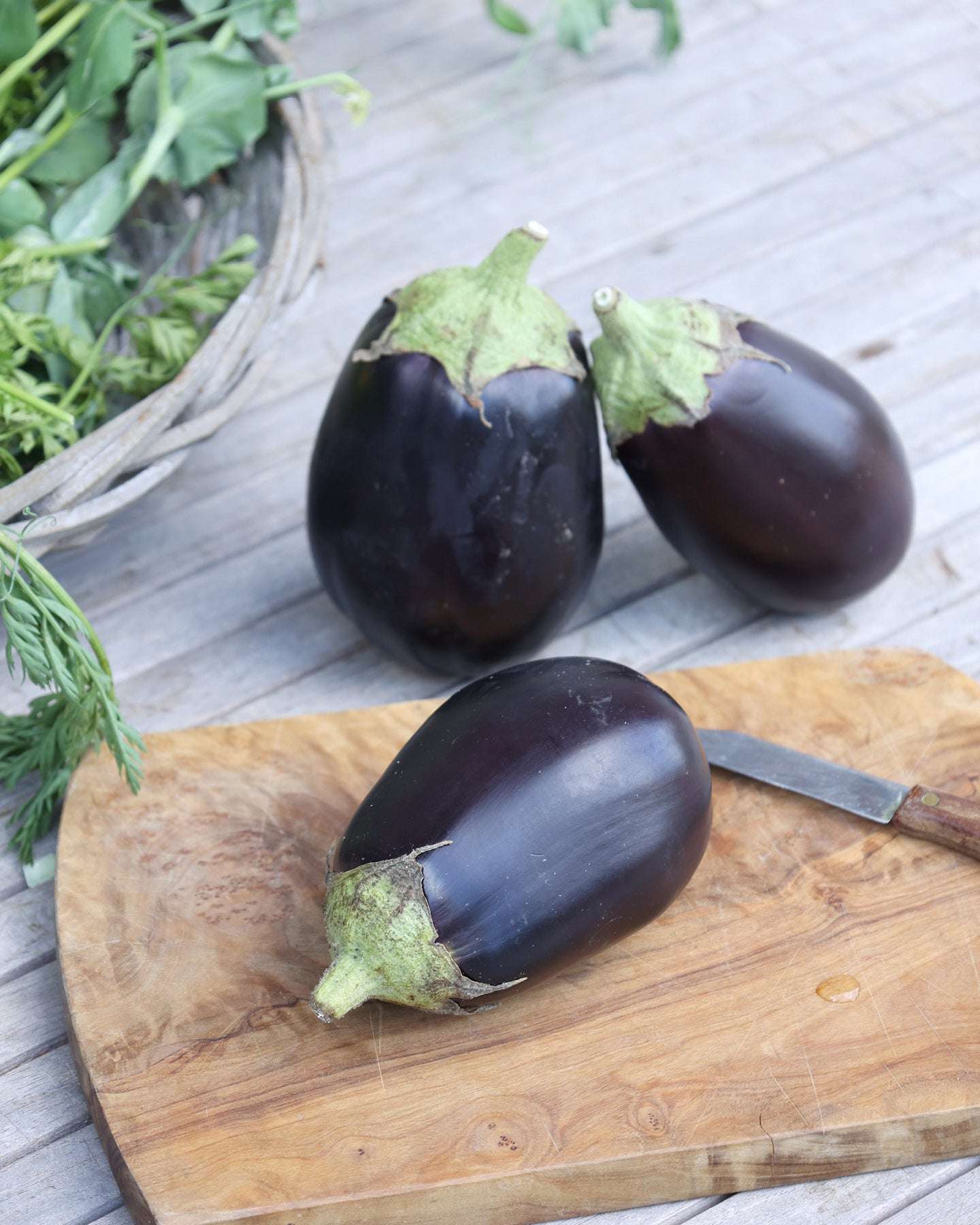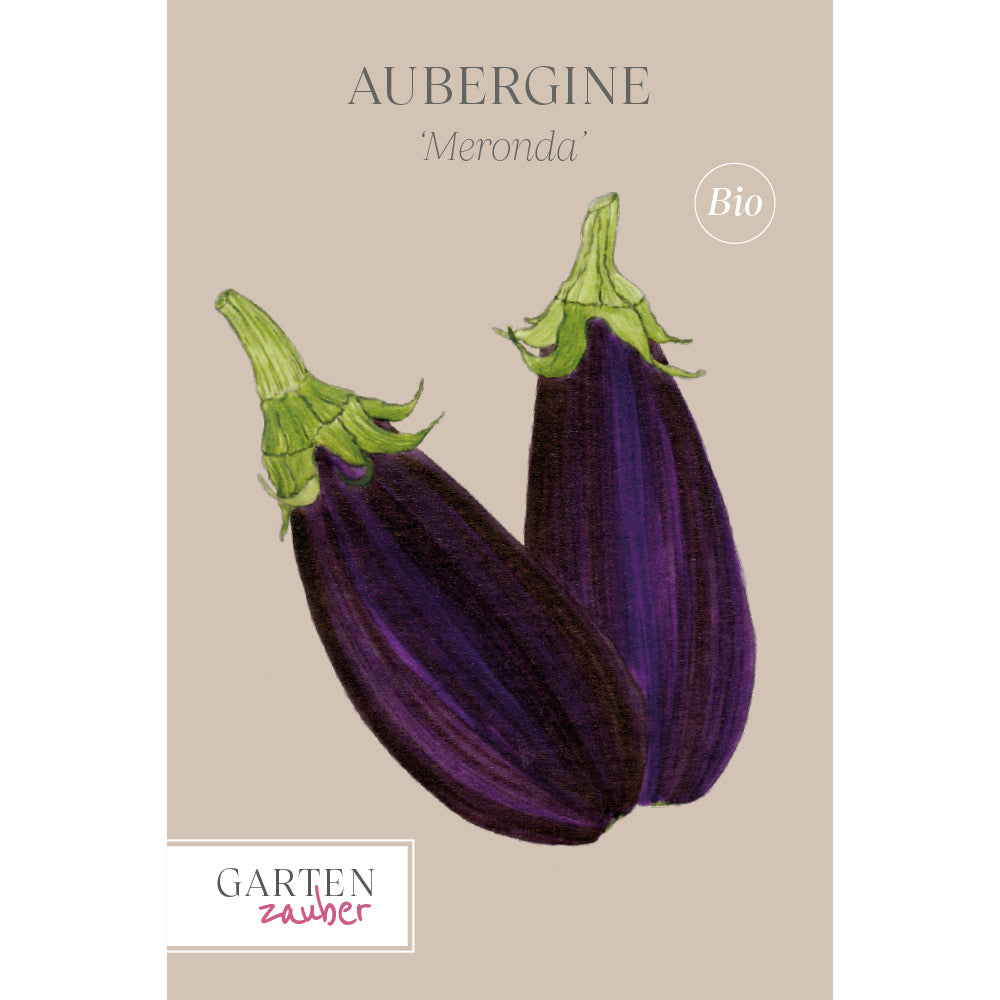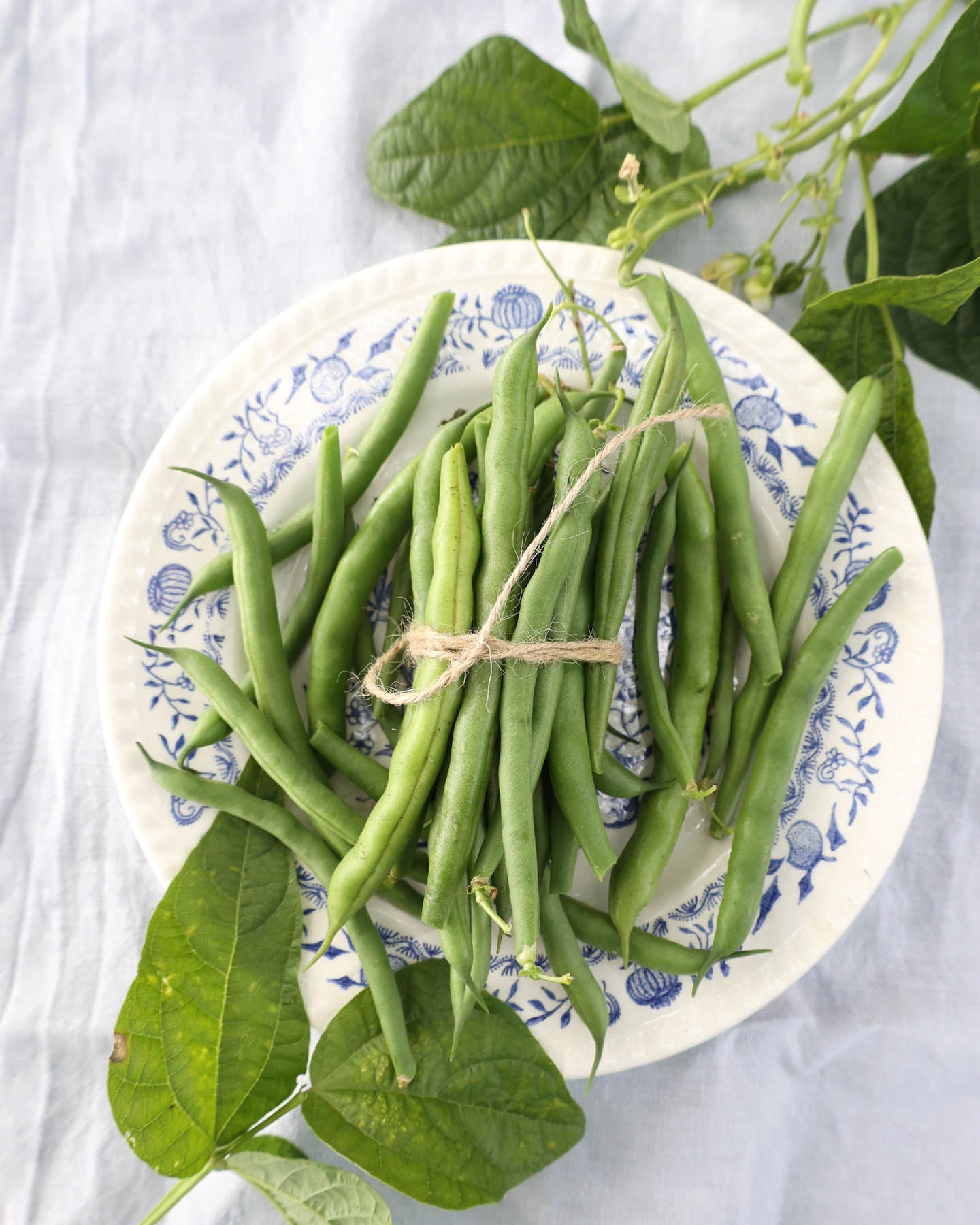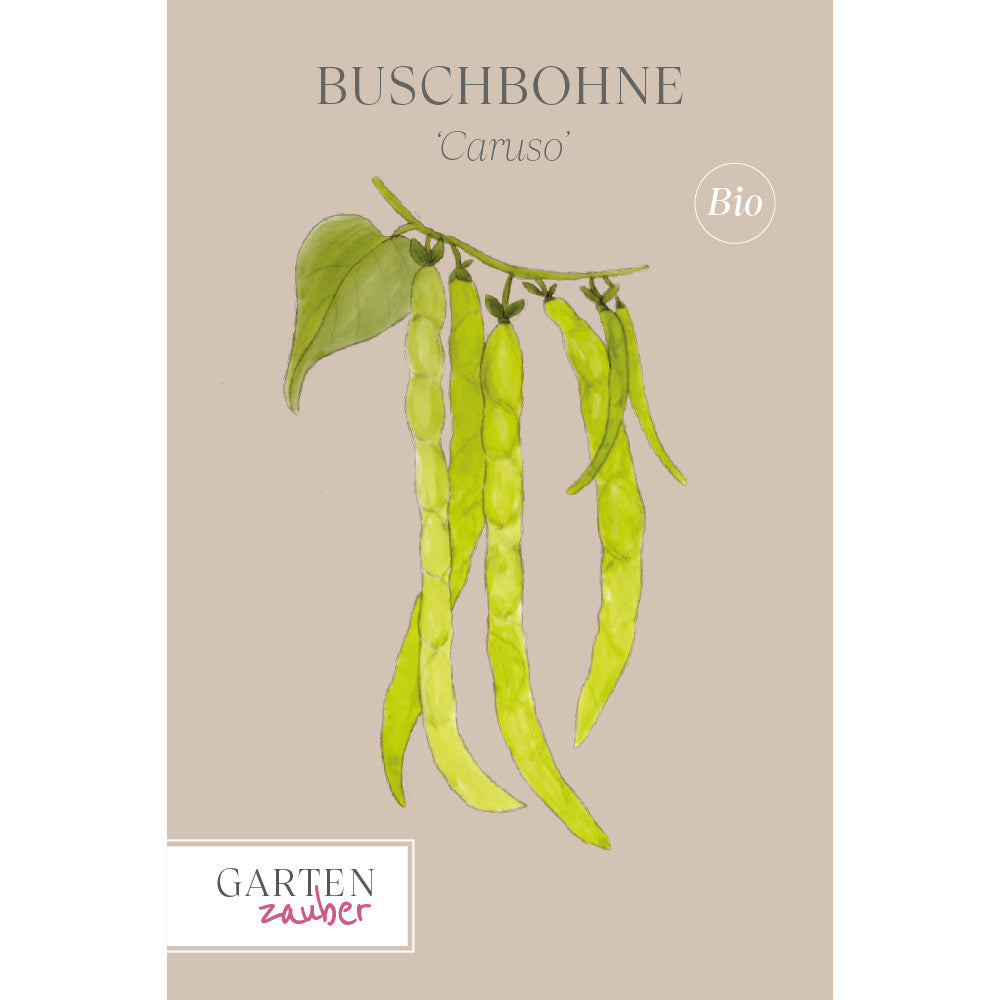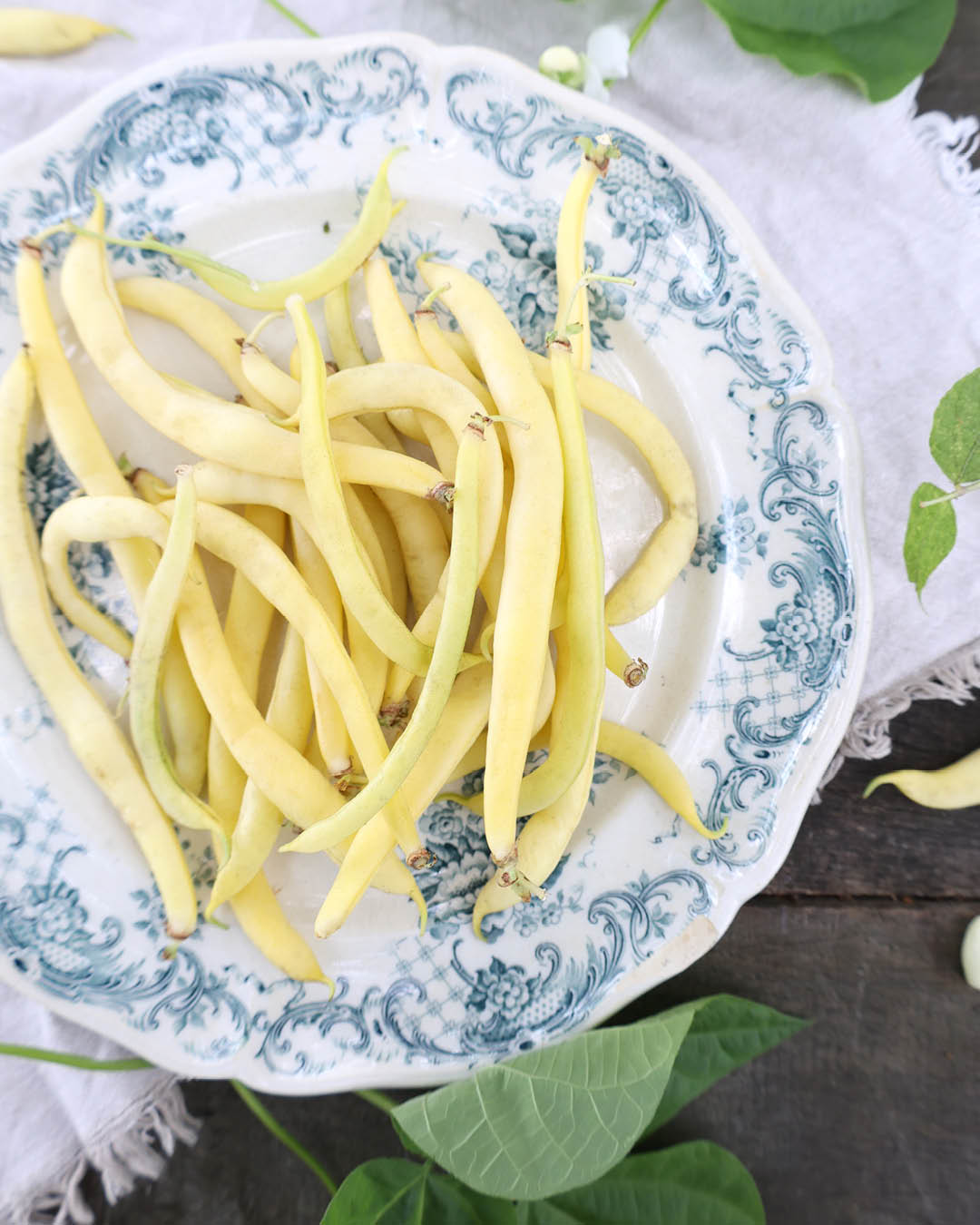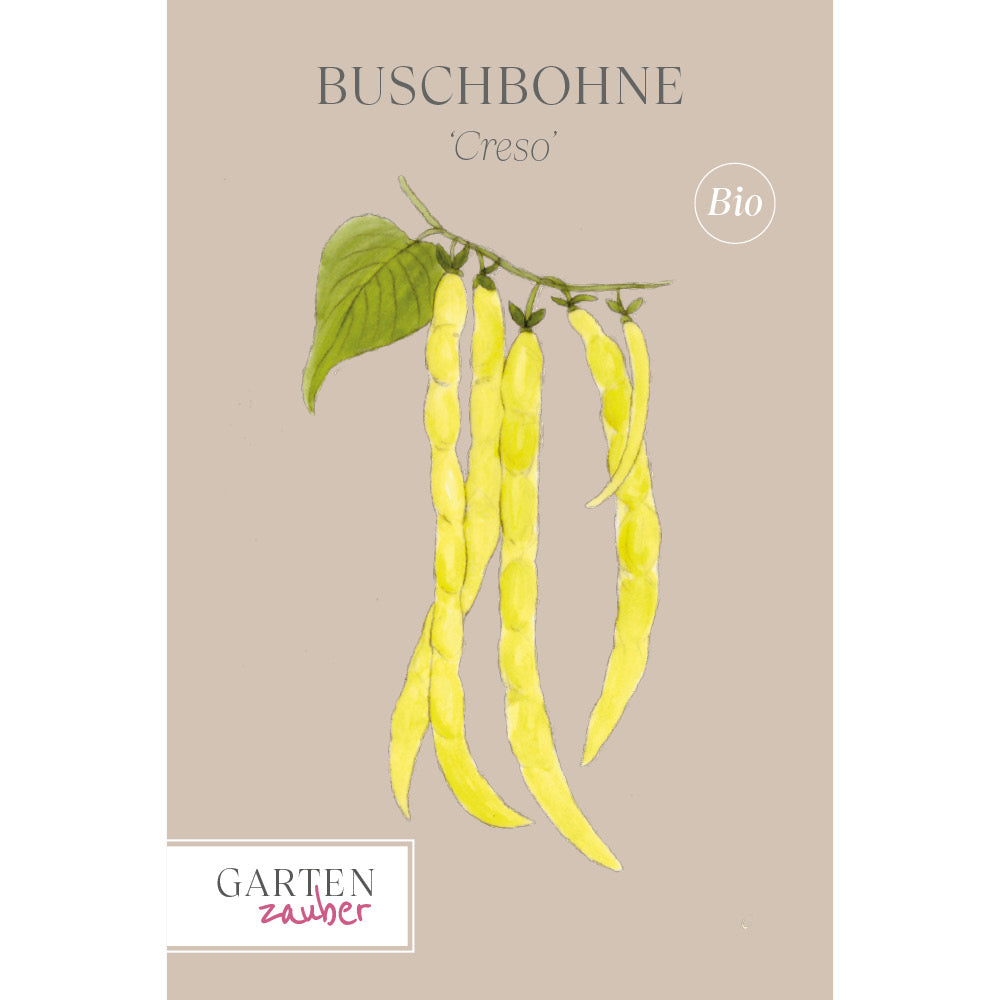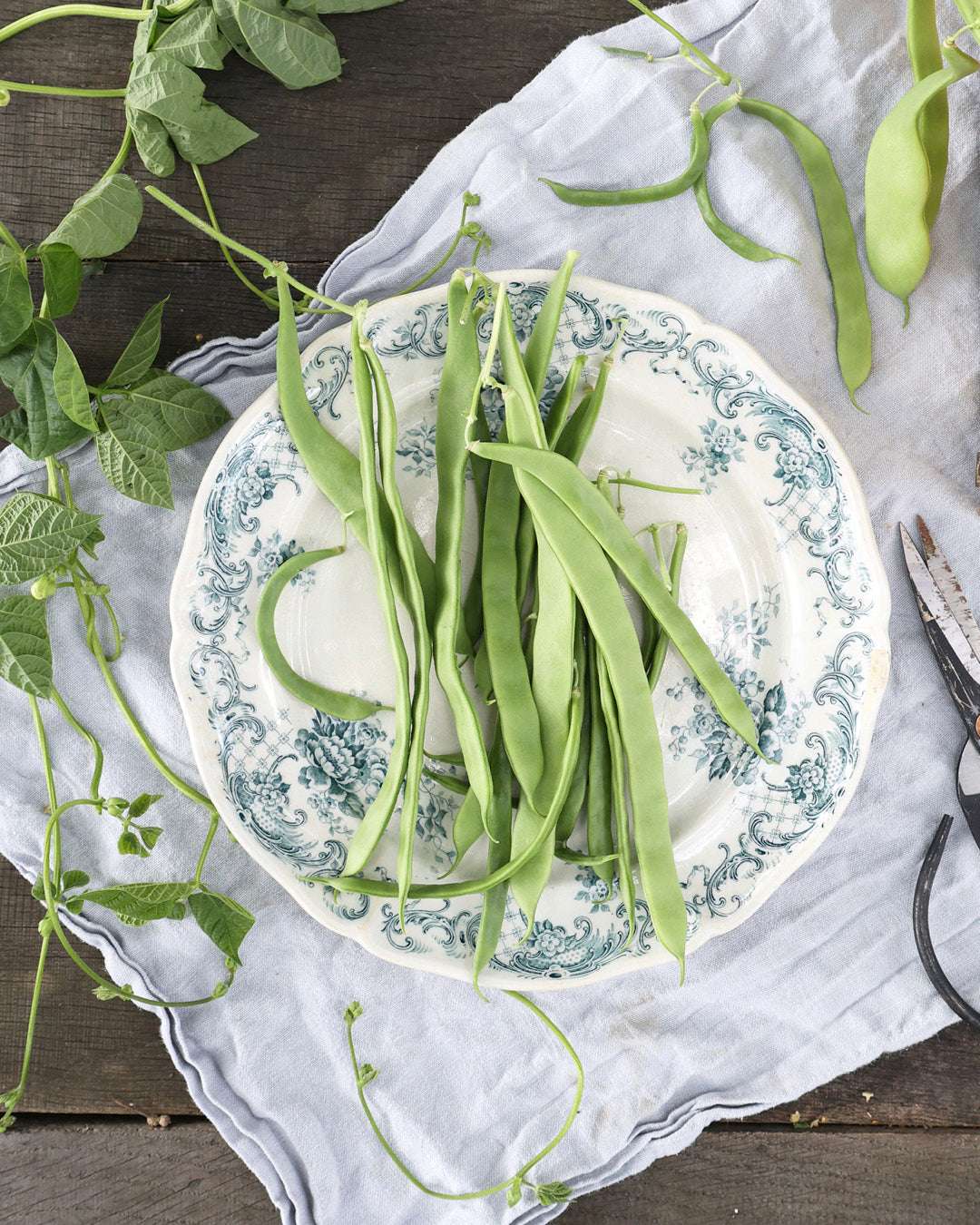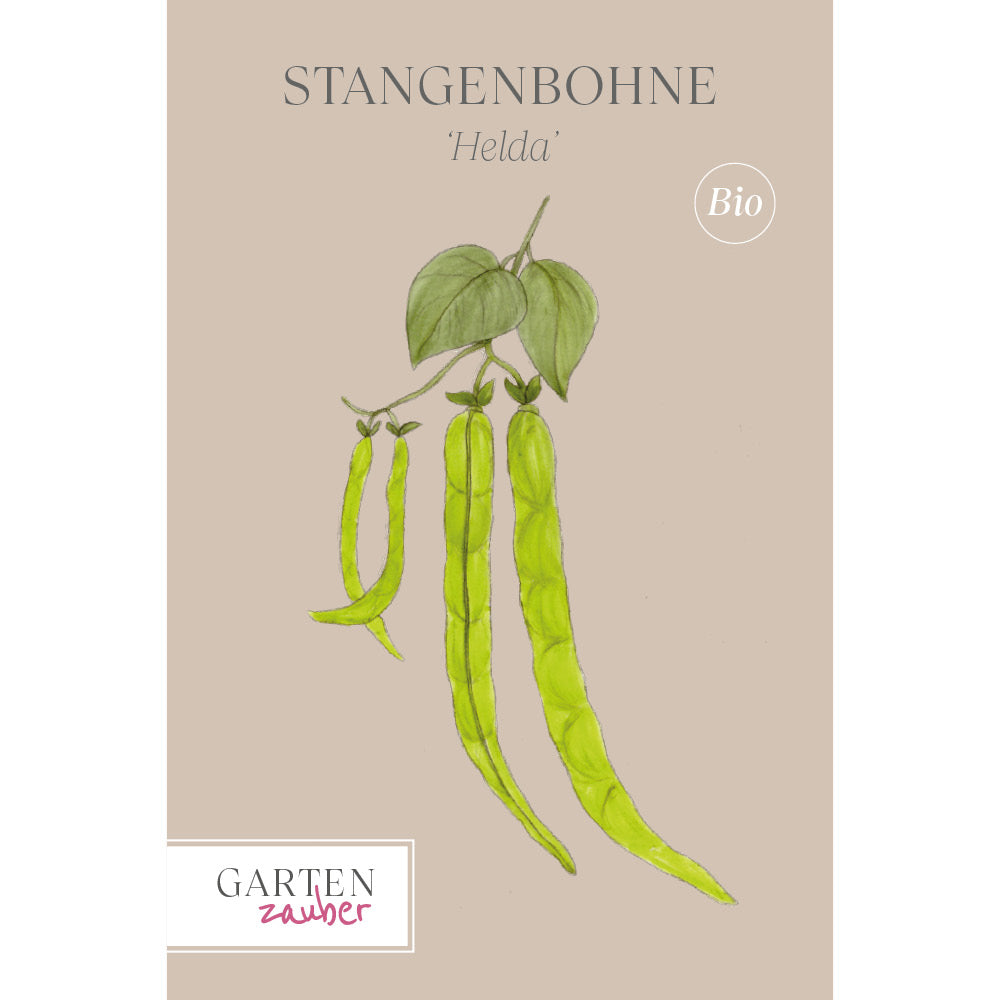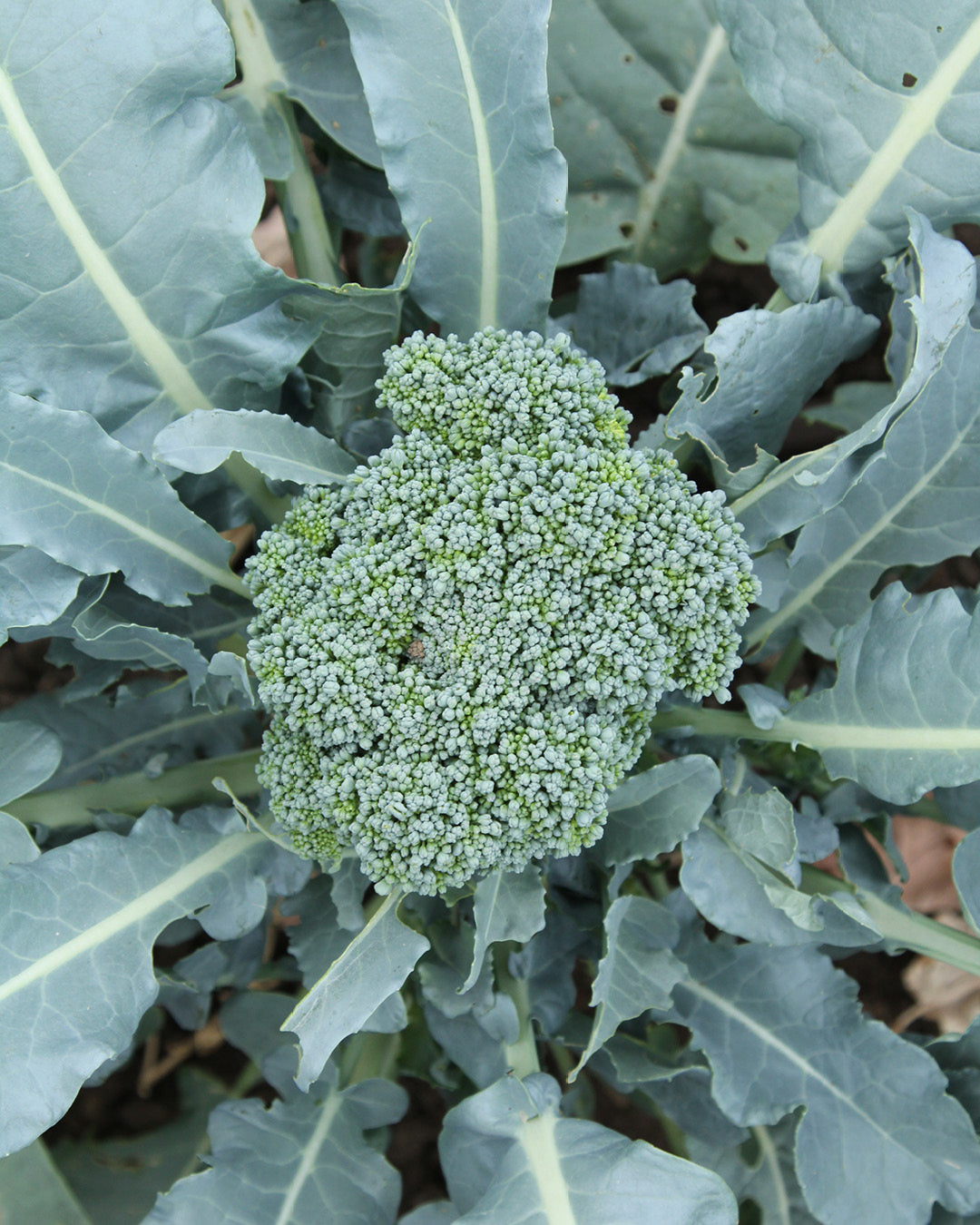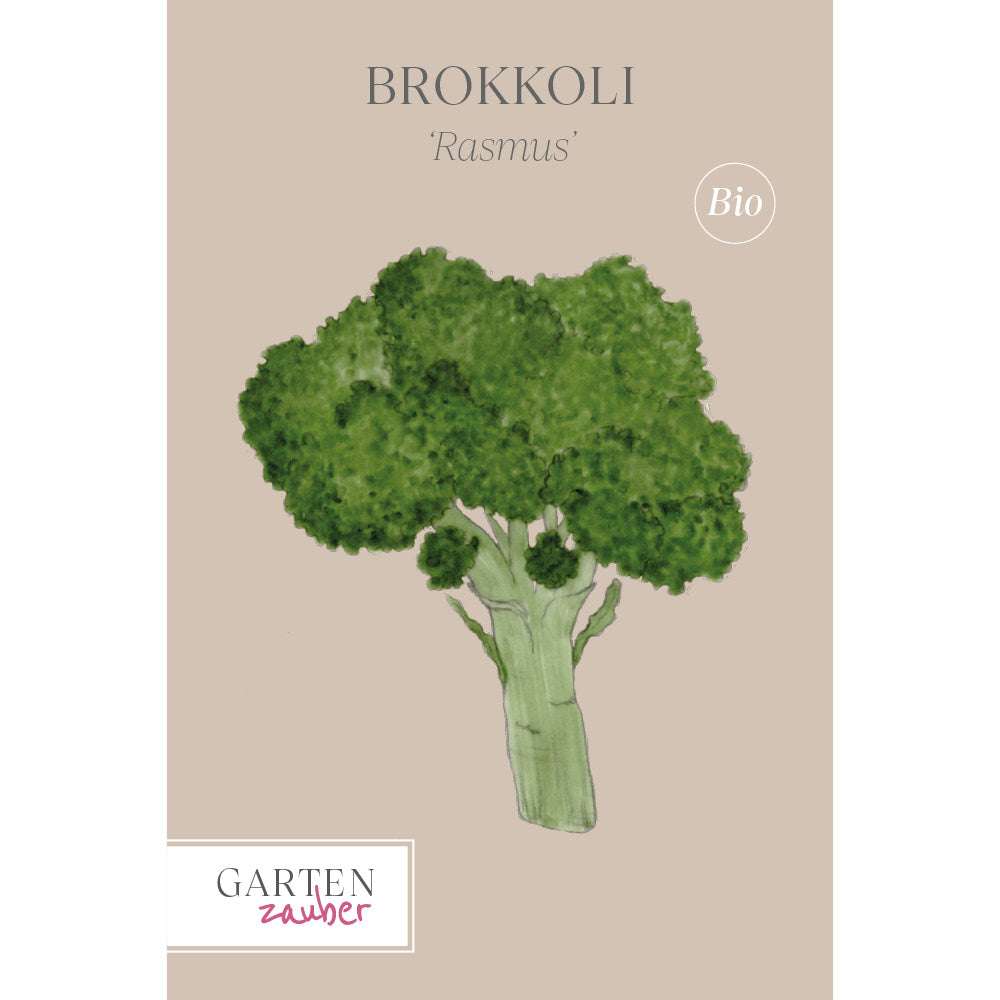Chamomile – Matricaria recutita
Chamomile is also known as "hermel," "garmille," "maid's flower," or "sorrow flower." It is native throughout Europe, across the Caucasus and the Middle East to northwest India.

This aromatic, hairless, annual to biennial member of the Asteraceae family grows up to 60 cm tall and develops upright, heavily branched stems. The leaves are alternate and bi-pinnately divided. They are a vibrant green and somewhat rubbery to the touch. In addition to their fragrance, the flowers are an important distinguishing feature from other chamomile species and plants from other genera, such as the scentless chamomile. The yellow tubular flowers in the flower heads, which appear from June to August, are conically domed, forming a hollow space. The white ray florets soon bend downward. The plant is very undemanding and grows naturally on sandy or loamy soils.

Culture in the garden
Chamomile is best sown in the garden or in a pot. Planting is also possible, but potted chamomile plants are rarely available in garden centers and nurseries. However, planting is certainly very practical for cultivation in pots in well-drained, nutrient-poor soil. It is important to ensure that only the purest variety is sown or planted. There are some commercially available varieties that are not suitable for tea preparation due to their lower active ingredient content, but there are also varieties that have been specifically bred for a higher essential oil content, such as BM recutita 'Bodegold'. Roman chamomile, by the way, is not chamomile, but a completely different plant species. Sow chamomile either as an autumn sow from late August to September or in spring from early March in nutrient-poor, sandy or loamy, well-drained soil. Good soil preparation is worthwhile; the soil should be fine-crumbly, free of weeds, and not too loose. As light-germinating seeds, chamomile seeds are not covered with soil, but simply placed in prepared, shallow seed furrows, pressed down firmly, and watered carefully. The seeds are very fine, so it is recommended to mix them with sand to prevent them from growing too close together after sowing. A row spacing of 25–30 cm is recommended, and after emergence, the seeds should be thinned to 8 cm within the row. The chamomile germinates after about a week. If sown in autumn, it overwinters in the rosette stage. The plants should then be well covered with brushwood or straw, as they are sensitive to frost when emerging in spring, and a refreeze reduces the later yield. Caring for chamomile is uncomplicated, as the plant is very undemanding and requires no fertilizer. However, it prefers a sunny location. This also applies to cultivation on the balcony.
In a sunny location, without fertilization, and with infrequent watering, you'll get a good harvest. If you only want to use chamomile as a tea plant, a few pots or a meter of chamomile in the bed will suffice. If you also want to use the plant as a bath additive or for inhalation, we recommend planting at least two rows of 1 meter each.
← vorheriger Post: Propagating houseplants
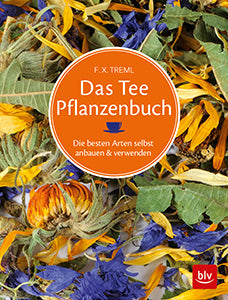
The content of this article is from the book:
Franz-Xaver Treml
The Tea Plant Book– Grow and use the best types yourself
Price: €(D) 18.00 / €(A) 18.50 / sFr 25.90
ISBN: 978-3-8354-1669-7
BLV Publishing House
Tea can only be grown in India, China, or Japan? Wrong!
Tea plants also grow in our climate regions, which have a
have a positive effect on body and mind.
In “The Tea Plant Book” (BLV Buchverlag), ‘Herbal Pope’
Franz-Xaver Treml presents 40 tea plants and their effects.

